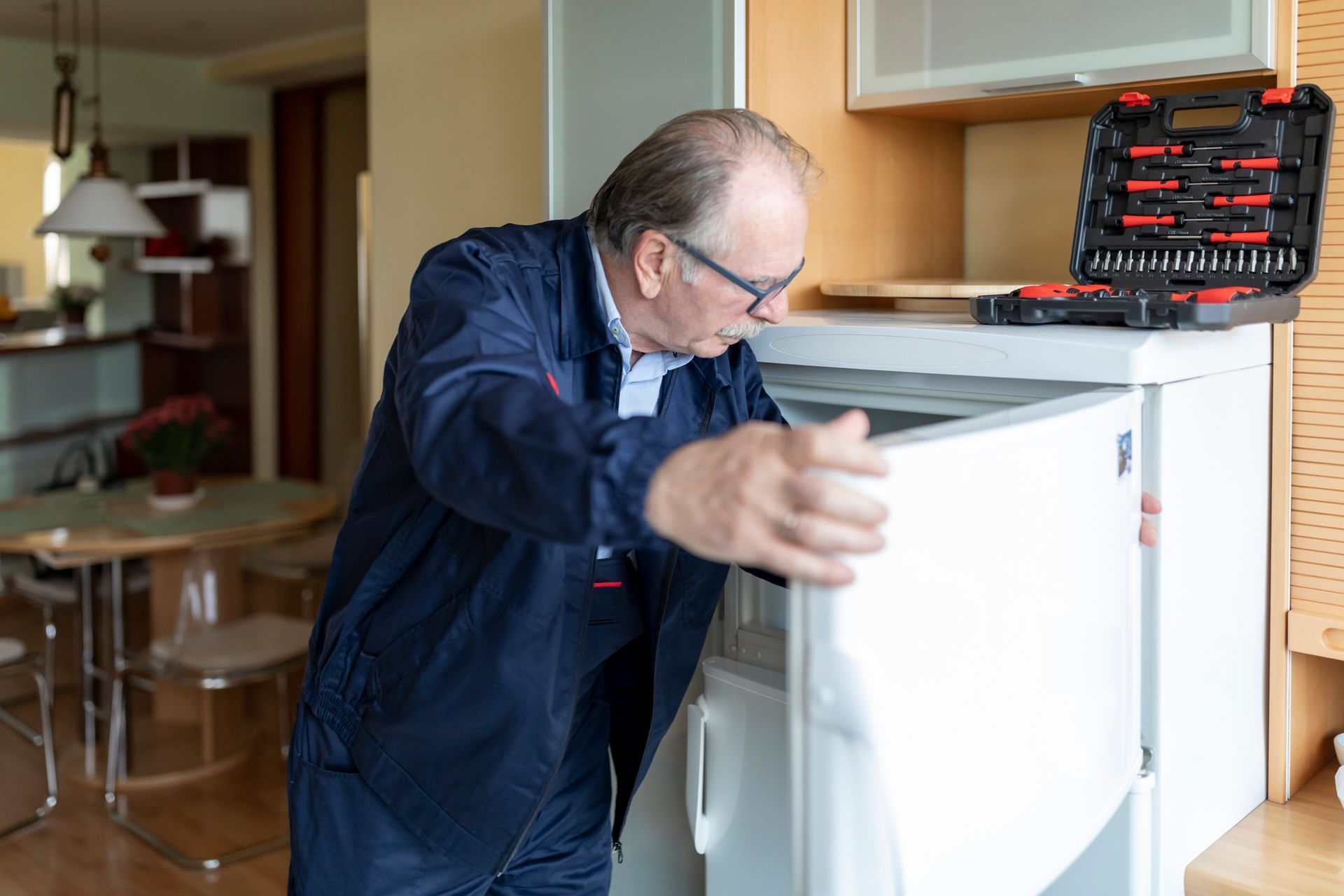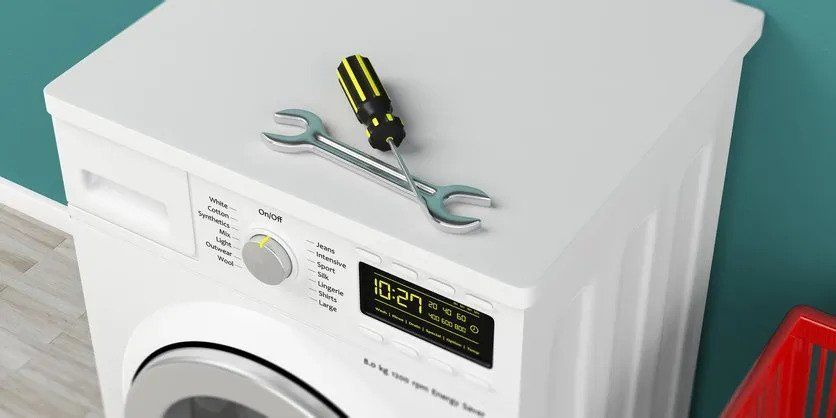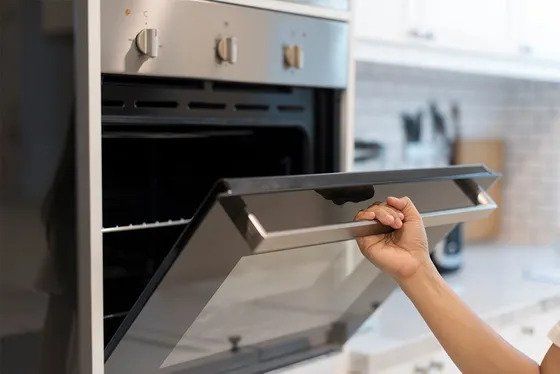Reasons for Excess Condensation in a Walk-In Cooler
In the most basic terms, condensation is what occurs when water vapor transforms into its liquid state. The transformation can only occur when atmospheric conditions are just right and the warm air and cold air collide. While in nature condensation gives the world things like fresh morning dew, condensation in a commercial walk-in cooler can be especially problematic.
Condensation in your commercial kitchen's walk-in cooler can generate problems with mold and mildew and can compromise the freshness and safety of food products you keep inside. Most condensation problems are easy enough for a professional to diagnose and repair. Here is a look at some of the reasons you may have excess condensation in your commercial walk-in cooler.
The Door Doesn't Close Properly
A walk-in cooler's door may not close properly from several causes, and it is best to investigate each cause before you call an appliance repair technician, because some issues have a simple solution. Some of the most common causes for a cooler door not closing securely include:
- Debris on the floor prevents the door from seating against the door frame or from closing completely
- The door itself has shifted out of place or warped (especially an issue with older walk-in coolers)
- The door latch does not connect completely when closed
- Employees are not taking the time to properly close the door all the way
A rubber gasket or seal is around the perimeter of the typical commercial cooler door as well. If this seal is broken or damaged, it can allow warm air to seep into the cooler, which will cause problems with condensation fairly easily. All of these issues are relatively easy to fix and some of them will only require a little extra diligence on behalf of your staff members.
The Air Circulation Fans Don't Function
To properly distribute cold air through the walk-in cooler, a series of fans should consistently rotate air throughout the unit. If one of these fans stops functioning, it can create warmer spots inside the cooler. When the warmer air in these areas combines with the rest of the cold air the cooler produces, condensation can develop.
Warm Objects Are Placed in the Cooler
In rare cases, condensation problems can arise from simply placing hot or heated objects in the cooler on a consistent basis. Hot items in the cooler radiate their own heat and that heat combines with the cold to generate condensation. In smaller coolers, the condensation from such actions can accumulate rather quickly and cause problems.
The easiest way to eliminate condensation from hot items is to allow items to cool properly before you put them into the cooler. If your employees don't do this already, it can actually be a food safety concern due to risks of salmonella bacteria growth and raising the temperatures of surrounding foods in the cooler.
The Cooler Is Too Close to Heat-Producing Implements
The proper holding temperature for a commercial refrigeration system is 40 degrees or below. If an oven, dishwasher, or other heat-producing appliance is close to the cooler, hot and cold air will consistently collide in or near the cooler.
Condensation will be an ongoing problem unless you make some reconfigurations to instill some distance between the cooler and other heat-producing appliances. You can combat this issue in many ways. For example, install a heavy-duty plastic curtain over the cooler's opening.
Keeping your commercial cooler in good working order often involves working to track down problems with condensation. If your walk-in cooler has condensation or any other types of issues, reach out to the experts at Jesse & Sons Appliance Repair Solutions.









